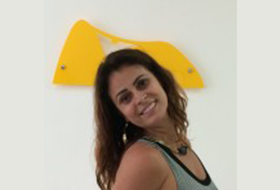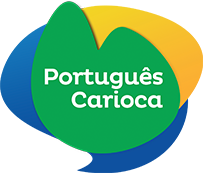
I am Márcia Håberg, a native of Rio. I have been teaching languages for fifteen years. After teaching English to Brazilians students for 14 years, I moved to Norway until my return to Rio in 2010. I know what it is like to live in a foreign country without understanding a word!
After I arrived in Norway, I could communicate at least in English, but after a while, when I was with groups who were speaking Norwegian, I felt like a fish out of water. However, I was determined not to give up learning the language just because it seemed to be difficult.
Despite knowing that as we get older learning a new language can be daunting, I continued my language studies until I was able to speak it fluently. This took me two years.
I feel that the biggest problem in second language learning is that if it can’t be practiced as often as it should, it’s easily forgotten. There were a lot of things I learned in class that I suddenly couldn’t remember when I was away from school, and the excuses were always the same: Too much grammar without speaking, lack of vocabulary, pronunciation challenges, inability to understand what was being said, and very few opportunities to engage in real conversation in a supportive, low-stress setting.
In order to speak the language, my group of friends from the language school suggested putting tags on everything at home. Besides that, we would meet once a week in order to practice our speaking skills. That was even more difficult! As we all spoke English, we always ended up speaking in English. Furthermore, I had so many Brazilian friends in Oslo that it was difficult for me to practice the language.
My experience learning Norwegian helped me realize that it is most important for a new language learner to be able to communicate in many different situations. Based on that, I decided to develop my own course for teaching Portuguese. I created materials using methods that teach students how to speak, not only to meet their needs, but to carry on a conversation. Thus, the primary focus of Português Carioca is oral communication.
